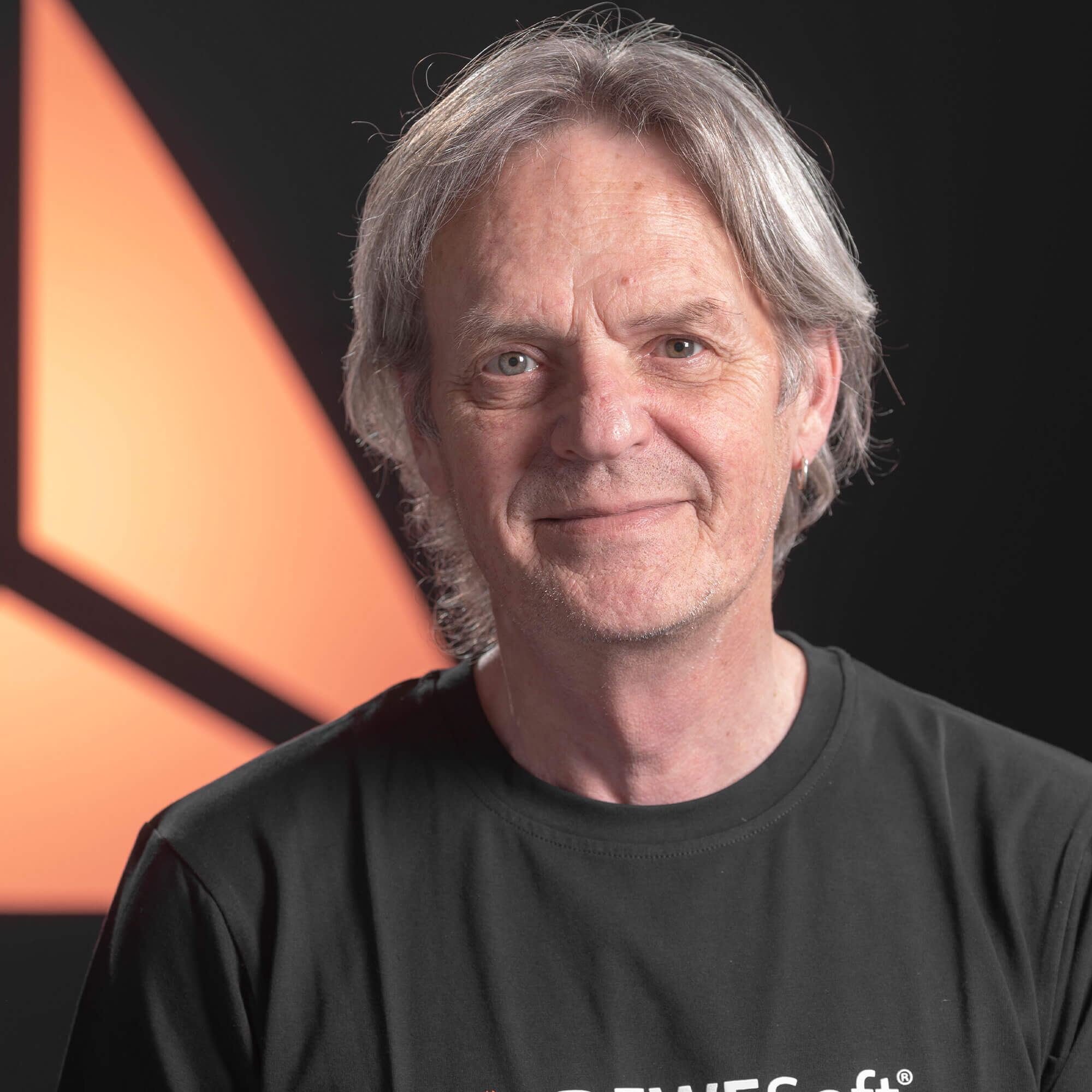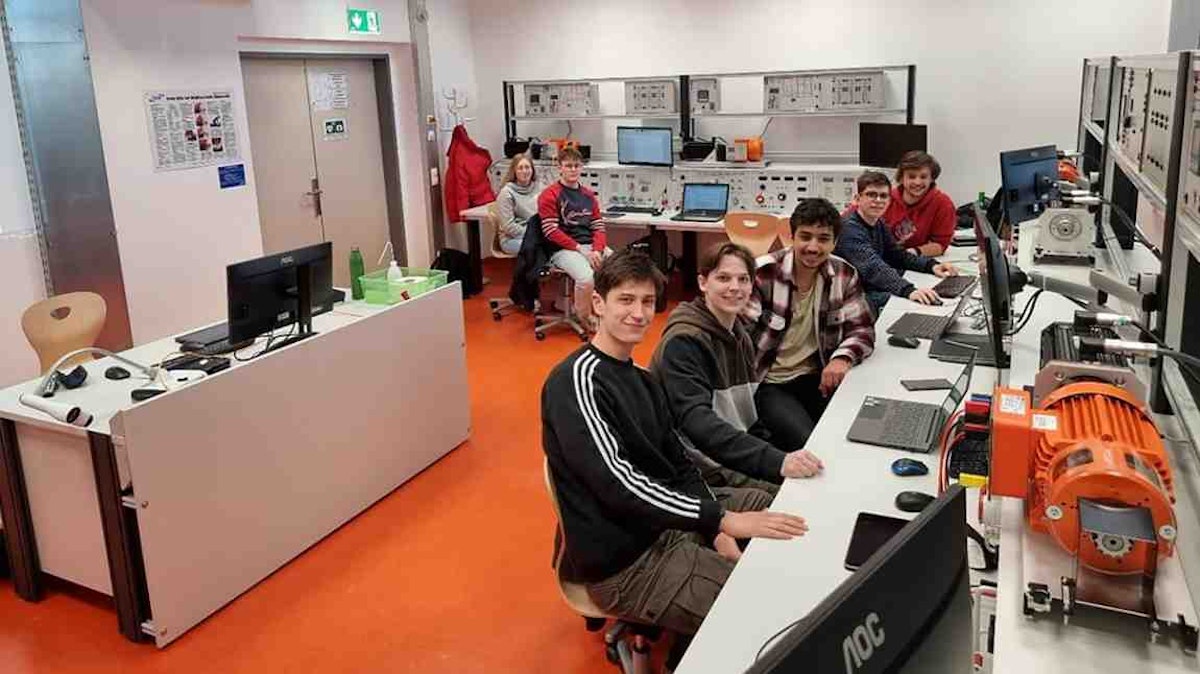Table of contents
Browse categories
Browse authors
 AB
ABAlberto Boffi
 AL
ALAlessia Longo
 AH
AHAl Hoge
 AB
ABAljaž Blažun
 BJ
BJBernard Jerman
 BČ
BČBojan Čontala
 CF
CFCarsten Frederiksen
 CS
CSCarsten Stjernfelt
 DC
DCDaniel Colmenares
 DF
DFDino Florjančič
 EB
EBEmanuele Burgognoni
 EK
EKEva Kalšek
 FB
FBFranck Beranger
 GR
GRGabriele Ribichini
Glacier Chen
 GS
GSGrant Maloy Smith
 HB
HBHelmut Behmüller
 IB
IBIza Burnik
 JO
JOJaka Ogorevc
 JR
JRJake Rosenthal
 JS
JSJernej Sirk
 JM
JMJohn Miller
 KM
KMKarla Yera Morales
 KD
KDKayla Day
 KS
KSKonrad Schweiger
Leslie Wang
 LS
LSLoïc Siret
 LJ
LJLuka Jerman
 MB
MBMarco Behmer
 MR
MRMarco Ribichini
 ML
MLMatic Lebar
 MS
MSMatjaž Strniša
 ME
MEMatthew Engquist
 ME
MEMichael Elmerick
 NP
NPNicolas Phan
 OM
OMOwen Maginity
 PF
PFPatrick Fu
 PR
PRPrimož Rome
 RM
RMRok Mesar
 RS
RSRupert Schwarz
 SA
SASamuele Ardizio
 SK
SKSimon Kodrič
 SG
SGSøren Linnet Gjelstrup
 TH
THThorsten Hartleb
 TV
TVTirin Varghese
 UK
UKUrban Kuhar
Valentino Pagliara
 VS
VSVid Selič
 WK
WKWill Kooiker
Students Equipped for the Energy Transformation

Carsten Frederiksen && Georg Ofner (Graduate Engineer, Doctor of Technology), Andreas Zelle (Graduate Engineer)
BULME Higher Technical School
February 20, 2023
All over the world, there is an ongoing transition from fossil fuels to renewable energy sources to fight global climate change. Industries and researchers are looking for new ways to fuel human societies. The Department of Electrical Engineering at the Austrian higher technical school, BULME is preparing future engineers for this challenge by establishing two new laboratories for "Electric Mobility" and "Renewable Energies" equipped with high-end power analyzers from Dewesoft.

The buzzwords "e-mobility" and "renewable energy" are on everyone's lips at the moment, and all of us are overwhelmed with information and advertising on these topics every day. The media usually only provide nice pictures and words, but very few people know exactly what it actually means.
Not so in the Electrical Engineering Department at BULME. Here these topics are concrete, full of life and activity. The planning and investments in this direction began already five years ago. In January this year, two new laboratories for "E-mobility" and "Renewable Energies" were completed and made accessible for teaching.
BULME is a higher technical federal teaching and research institute located in Graz - Gösting and with approximately 2,600 students, it is the second-largest higher technical institute in Austria. The name BULME is an acronym and stands for Federal Institute for Mechanical and Electrical Engineering.
The new laboratory rooms, including the furnishings, were brought up to the current state-of-the-art, redesigned from the ground up, and aligned for the future. The focus was mainly on an appropriate number of laboratory and training stands. True to the motto "learning by doing (yourself)", with up to five identical individual exercise stations per laboratory, it is now possible to divide the laboratory groups into teams of two or three.
The electromobility laboratory (EMLA)
The laboratory focuses on electrical machines and drives technology as well as power electronics. The existing test benches and equipment offer everything needed, engaging, and up-to-date. The test benches can be configured variably depending on the focus of the exercise. Different machines such as asynchronous, synchronous, and direct current machines as well as permanently excited synchronous and double-fed asynchronous, can be set up and measured.
Three-phase current sources or frequency converters including control software tools are available to supply the machines. With the flexibly configurable test benches, which can be operated with speed or torque control, it is possible to simulate demanding load cycles. In the field of frequency converter technology, semiconductor modules also offer several possibilities for measuring the interaction and performance of power electronics.
What would a laboratory be without measurement technology? No savings were made in this area either: Investments were made in high-end power analyzers from Dewesoft.
With these top devices, the time signals of the machines and frequency converters can be recorded with high precision, and voltages, currents, performance data, or torque can be determined from them. The time curves and the calculated RMS values are displayed simultaneously and can be flexibly adapted to the specific needs of the different measurement tasks. In this way, the measured signal curves of voltage and current can subsequently be processed and evaluated within the software, which is freely accessible to everyone.
With these devices, there are now many possibilities to solve measurement technology tasks at the highest level and implement them in praxis. One thing is also important to mention. The partnership between BULME and Dewesoft will continue intensively. A diploma thesis in e-motor test bench measurement technology is already being prepared together.
Data acquisition (DAQ) hardware and software
DAQ Hardware and accessories
Five SIRIUS Power Analyzer modules
SIRIUSi-4xHV-4xLV: high-speed data acquisition with 1MHz, 4 x high-voltage inputs up to +/-1600V, and 4 x low-voltage universal inputs mainly for current clamps, but with adapters flexible for almost any kind of sensor
DSI-RTD adapters for temperature measurement
DSI-ACC adapters for vibration measurement
Adapters to use existing current-clamps
DAQ Software
DewesoftX data acquisition software
Dewesoft Power option
Live-calculating 3-phase frequency-variable electrical power systems with many parameters such as active, reactive, and effective Power, cos phi, Flicker, Harmonics, Total Harmonic Distortion, Star/Delta transformation, and more. See Power Solutions Manual for details)
Dewesoft Excel-Writer plugin
The renewable energy laboratory (ENLA)
This laboratory focuses on renewable energies. This laboratory is also equipped with five independent laboratory spaces and offers everything that makes an electrical engineering heart beat faster. Here, the components for photovoltaic systems can be examined, set up, and measured, and different operating states and external influences, such as shading, can be simulated and validated.
PV inverters and grid feed-in converters with battery storage modules offer the possibility of simulating real grid conditions and examining the interaction between energy production and consumption and intermediate storage in the model. This also spans the arc to the electrical engineering workshop and offers interesting cooperation and joint activities with the Green Village.
Wind energy is also an essential pillar of renewable energy production. In this area, too, the actual operation of a wind turbine can be set up and simulated with the exercise modules in the EMLA. Effects such as gusts of wind, weak wind, and main voltage fluctuations can be manufactured and analyzed.
The electrical engineering department at BULME meets the needs and the spirit of the times with the two new laboratories and the newly built electrical workshop. It has reacted promptly to one of the most important trends in the field of energy technology and the modality of the 21st century. In this way, BULME is fit for the future and can offer top, state-of-the-art training for the electrical engineers of tomorrow.